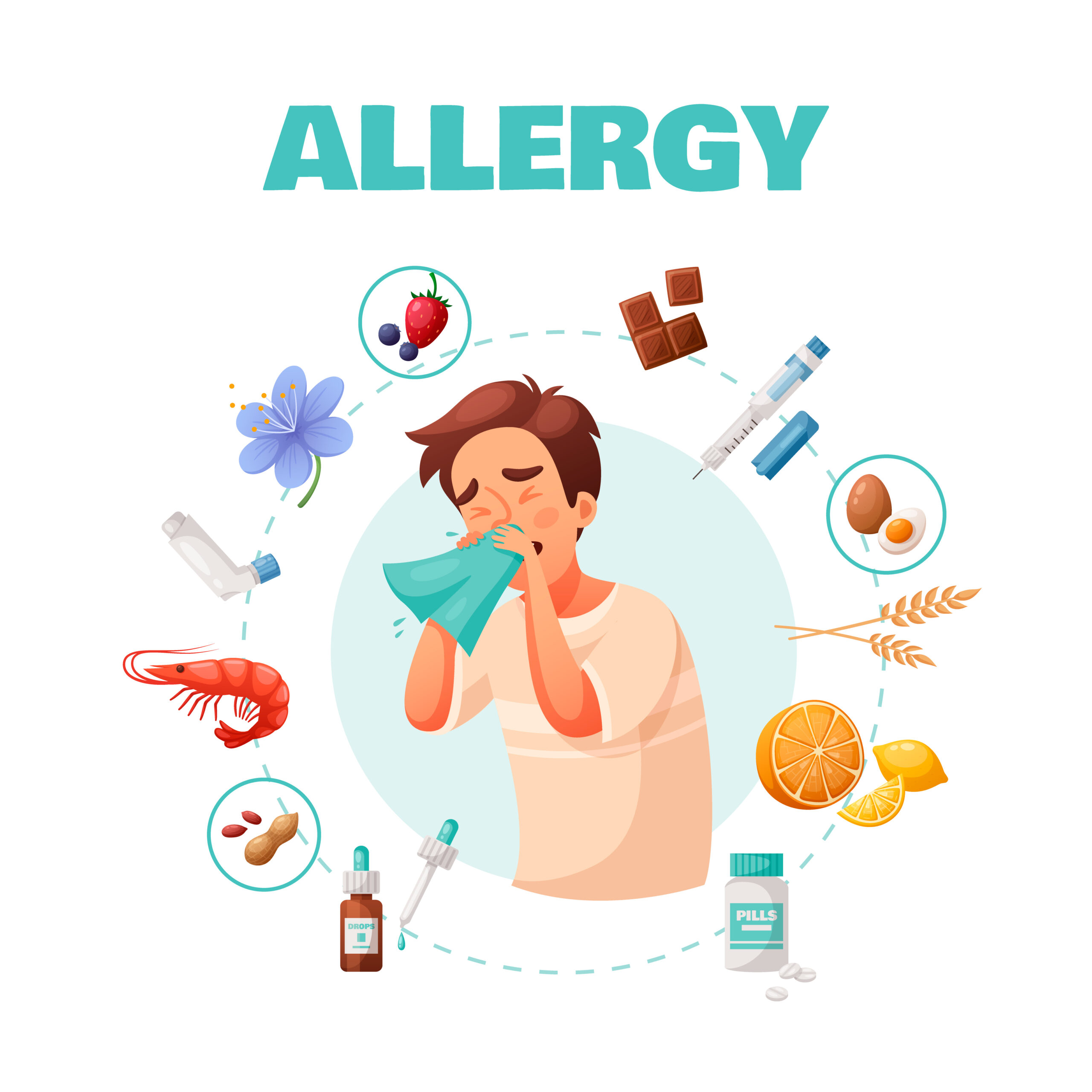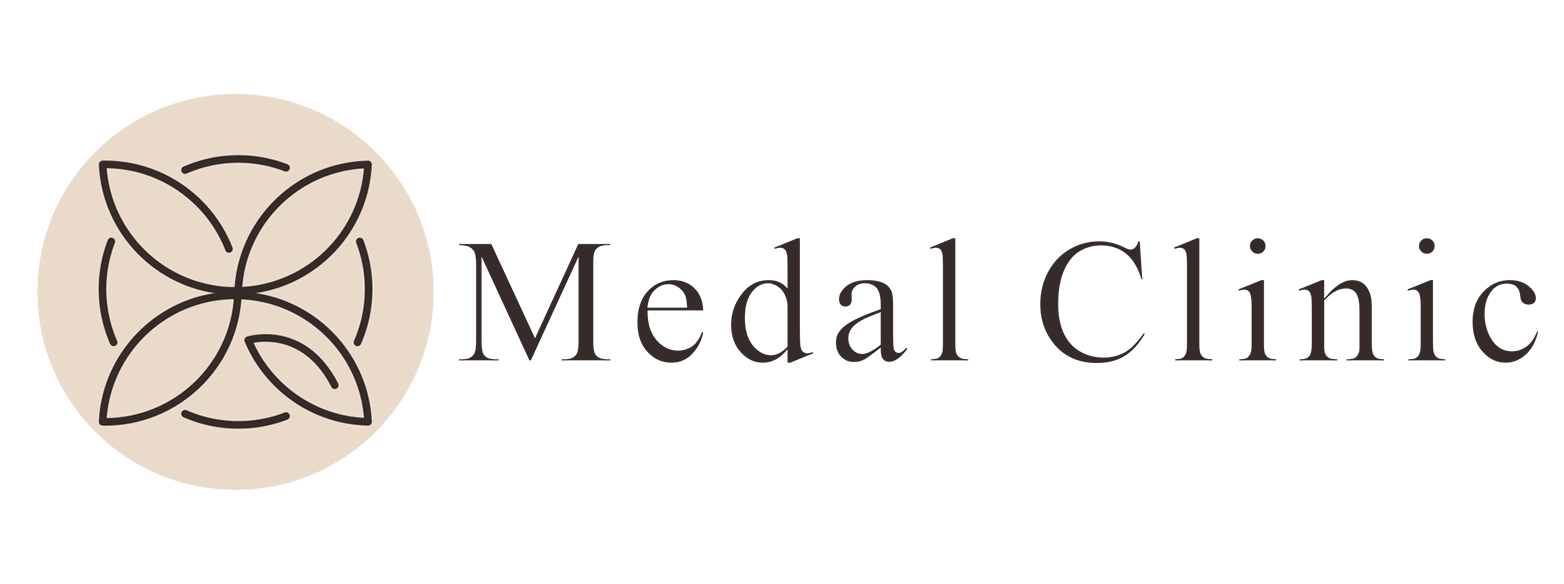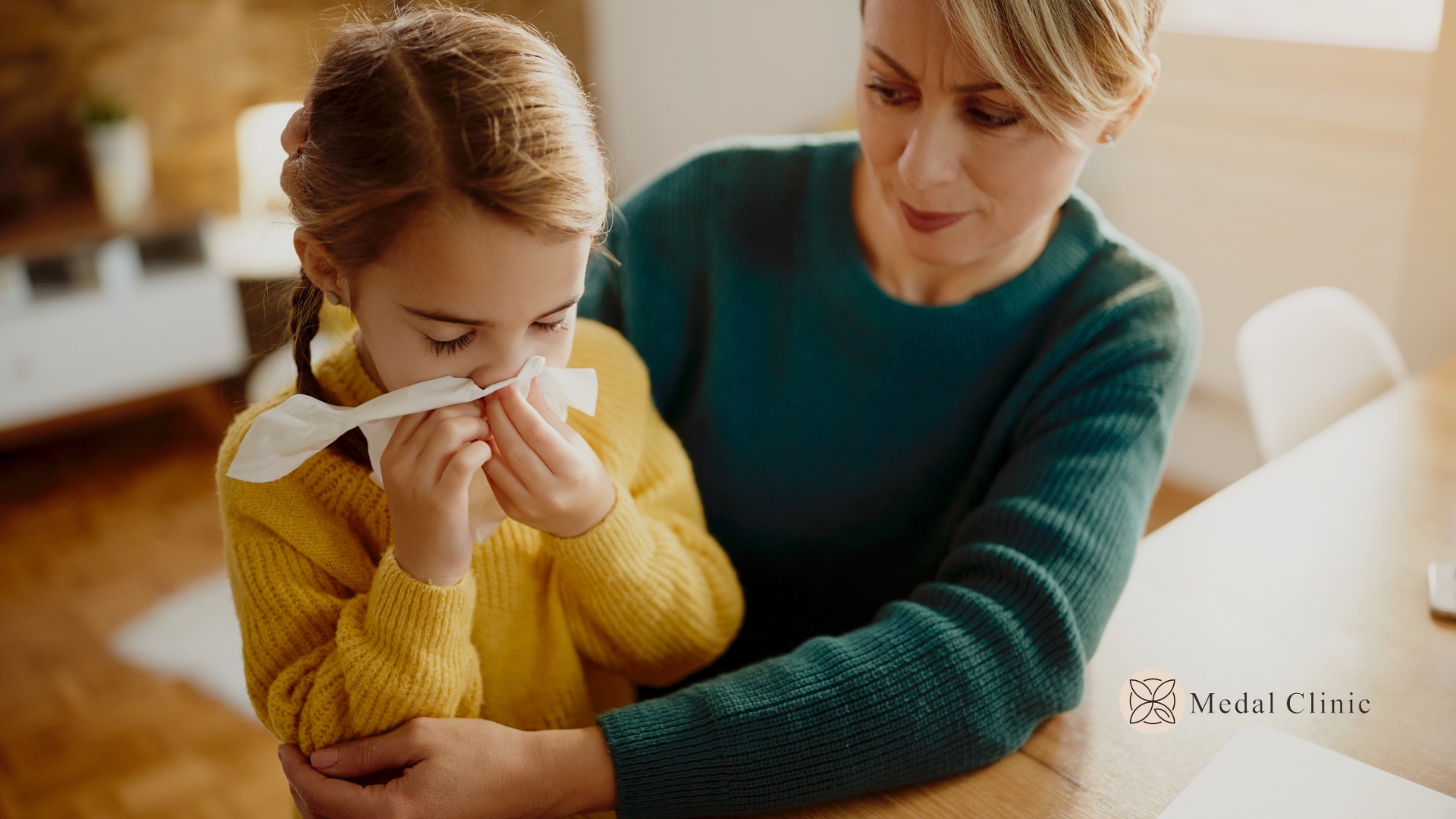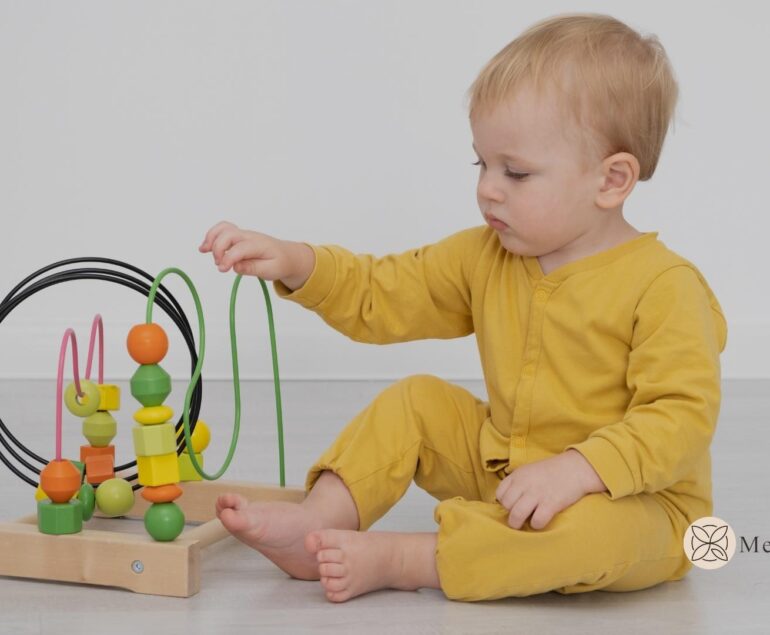Understanding and Managing Childhood Allergies: A Comprehensive Guide
Childhood allergies have become increasingly prevalent in recent years, affecting millions of children worldwide. As a parent or caregiver, it’s crucial to understand these allergies, their potential triggers, and effective management strategies. In this comprehensive guide, we will delve into the world of childhood allergies, exploring their causes, symptoms, prevention methods, and treatment options. Armed with this knowledge, you can better navigate the challenges of childhood allergies and provide optimal care for your child.
Section 1: What are Childhood Allergies?

Childhood allergies refer to hypersensitive immune responses to various substances, known as allergens, which are typically harmless to most people. Common allergens include pollen, dust mites, pet dander, certain foods, insect stings, and certain medications. When a child with allergies comes into contact with these triggers, their immune system overreacts, leading to various symptoms and discomfort.
Section 2: Identifying Symptoms of Childhood Allergies
Recognizing the signs of childhood allergies is crucial for early intervention and effective management. Symptoms can vary depending on the allergen and the child’s individual sensitivity. Some common symptoms include:
Respiratory Issues: Frequent sneezing, coughing, wheezing, nasal congestion, and difficulty breathing.
Skin Reactions: Itchy rashes, hives, eczema, and swelling.
Gastrointestinal Problems: Nausea, vomiting, stomach pain, and diarrhea.
Anaphylaxis: A severe, life-threatening allergic reaction characterized by difficulty breathing, swelling of the throat, a sudden drop in blood pressure, and dizziness.
Section 3: Understanding Allergy Triggers
Understanding the specific triggers that affect your child is vital in managing their allergies effectively. Some common triggers include:
Environmental Allergens: Pollen, dust mites, mold spores, and pet dander.
Food Allergens: Peanuts, tree nuts, milk, eggs, soy, wheat, fish, and shellfish.
Insect Allergens: Bee stings, wasp stings, and fire ant bites.
Section 4: Preventive Measures for Childhood Allergies
Prevention plays a crucial role in managing childhood allergies and reducing the frequency and severity of allergic reactions. Here are some preventive measures you can take:
Allergen Avoidance: Identify and minimize exposure to allergens through measures such as regular cleaning, air purifiers, and removing carpets or other potential allergen sources.
Dietary Management: If your child has food allergies, read labels carefully, educate caregivers, and create a safe eating environment.
Outdoor Precautions: Monitor pollen counts, encourage good hygiene practices, and limit outdoor activities during peak allergy seasons.
Section 5: Managing Childhood Allergies: Treatment Options
When preventive measures alone are not sufficient, various treatment options can help manage childhood allergies:
Medications: Antihistamines, decongestants, nasal sprays, and asthma medications can alleviate symptoms and provide relief.
Allergy Shots (Immunotherapy): In cases of severe allergies, allergen-specific immunotherapy can desensitize the immune system over time, reducing allergic reactions.
Emergency Action Plan: If your child is at risk of anaphylaxis, develop an emergency action plan with their healthcare provider, including the use of epinephrine auto-injectors (EpiPens).
Childhood allergies can significantly impact a child’s quality of life if left unmanaged. By understanding the causes, identifying triggers, and implementing preventive measures, parents and caregivers can help
FAQ's
What are childhood allergies?
Childhood allergies are hypersensitive immune responses to substances known as allergens, such as pollen, dust mites, certain foods, and insect stings.
What are common symptoms of childhood allergies?
Common symptoms include respiratory issues (sneezing, coughing), skin reactions (rashes, hives), gastrointestinal problems, and in severe cases, anaphylaxis.
How can I identify triggers for my child's allergies?
Identifying triggers involves observing patterns of allergic reactions and conducting allergy tests, including skin prick tests and blood tests.
What preventive measures can I take to manage childhood allergies?
Preventive measures include allergen avoidance, maintaining a clean environment, dietary management, and taking outdoor precautions during peak allergy seasons.
What are the available treatment options for childhood allergies?
Treatment options include medications like antihistamines and nasal sprays, allergen immunotherapy (allergy shots), and developing an emergency action plan for severe allergies.
How can I provide relief for my child's allergy symptoms?
Providing relief may involve using over-the-counter or prescribed medications, creating a comfortable and allergen-free environment, and practicing good hygiene.
Can childhood allergies be outgrown?
Yes, some children may outgrow their allergies over time, especially those related to food allergies like milk or egg.
Are there any long-term complications associated with childhood allergies?
If not properly managed, childhood allergies can lead to chronic conditions like asthma, recurrent sinus infections, or eczema.
Should I involve my child's school or daycare in managing their allergies?
Yes, it is crucial to inform and work with the school or daycare staff to ensure a safe environment, educate them about your child’s allergies, and develop an allergy management plan.
Is it necessary to consult a healthcare professional for childhood allergies?
Yes, consulting a healthcare professional, such as an allergist or pediatrician, is important for accurate diagnosis, personalized treatment plans, and ongoing monitoring of your child’s allergies.




